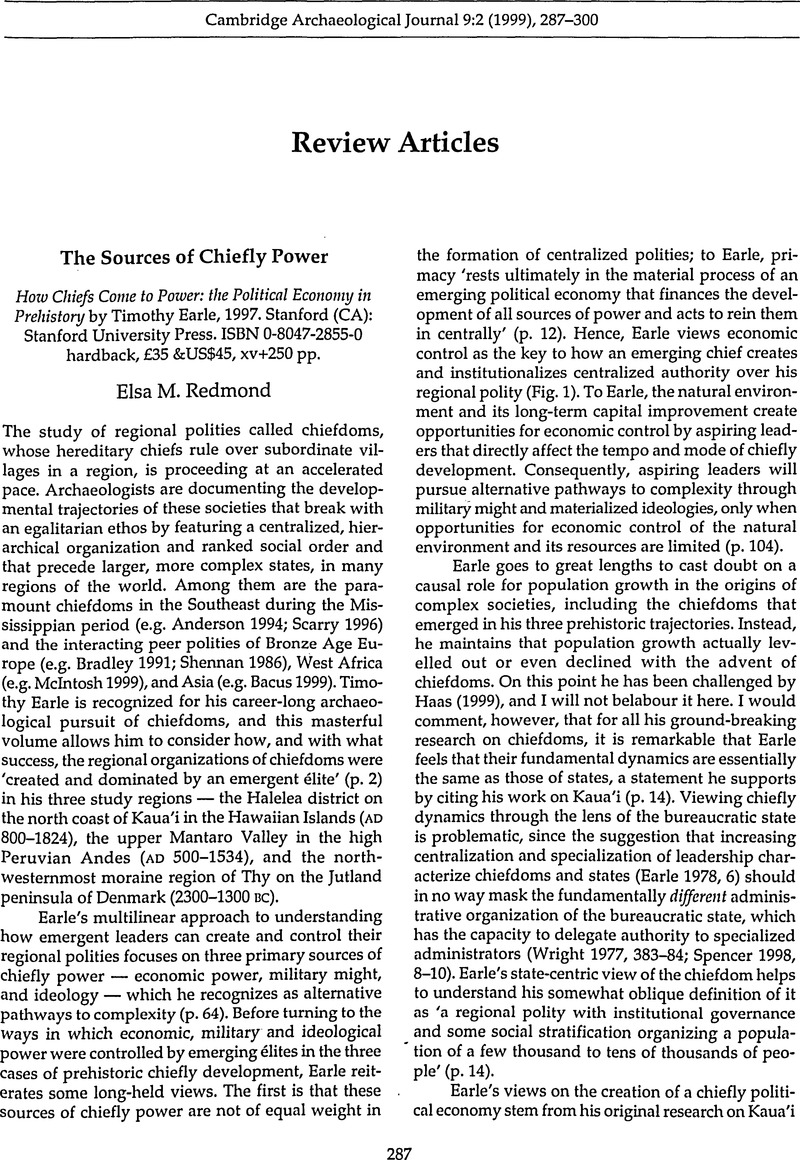Crossref Citations
This article has been cited by the following publications. This list is generated based on data provided by Crossref.
Cioffi-Revilla, Claudio
2014.
A Formal Theory of Politogenesis: Towards an Agent Simulation of Social Complexity Origins.
SSRN Electronic Journal,



